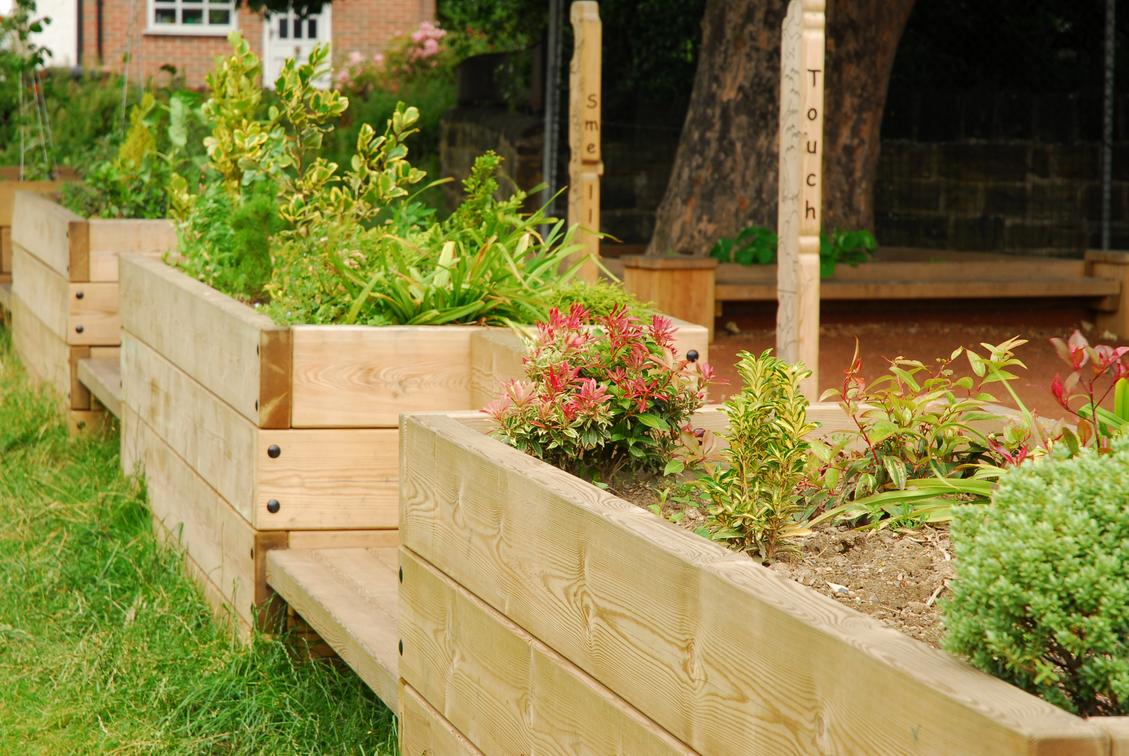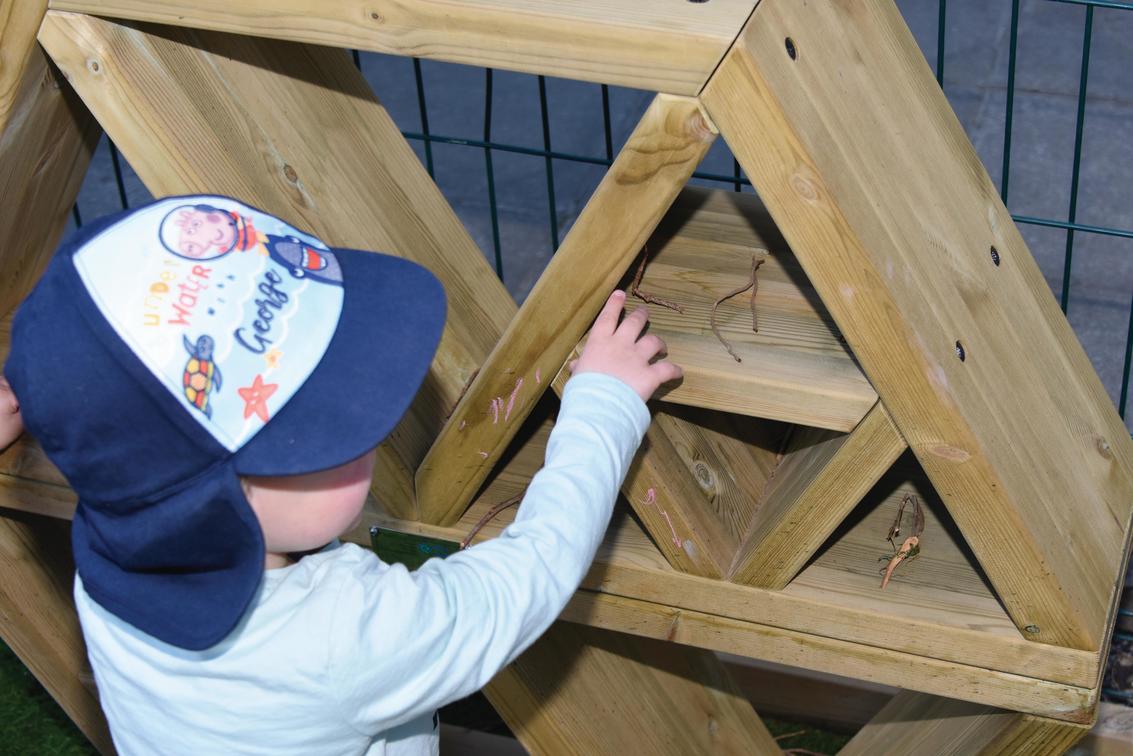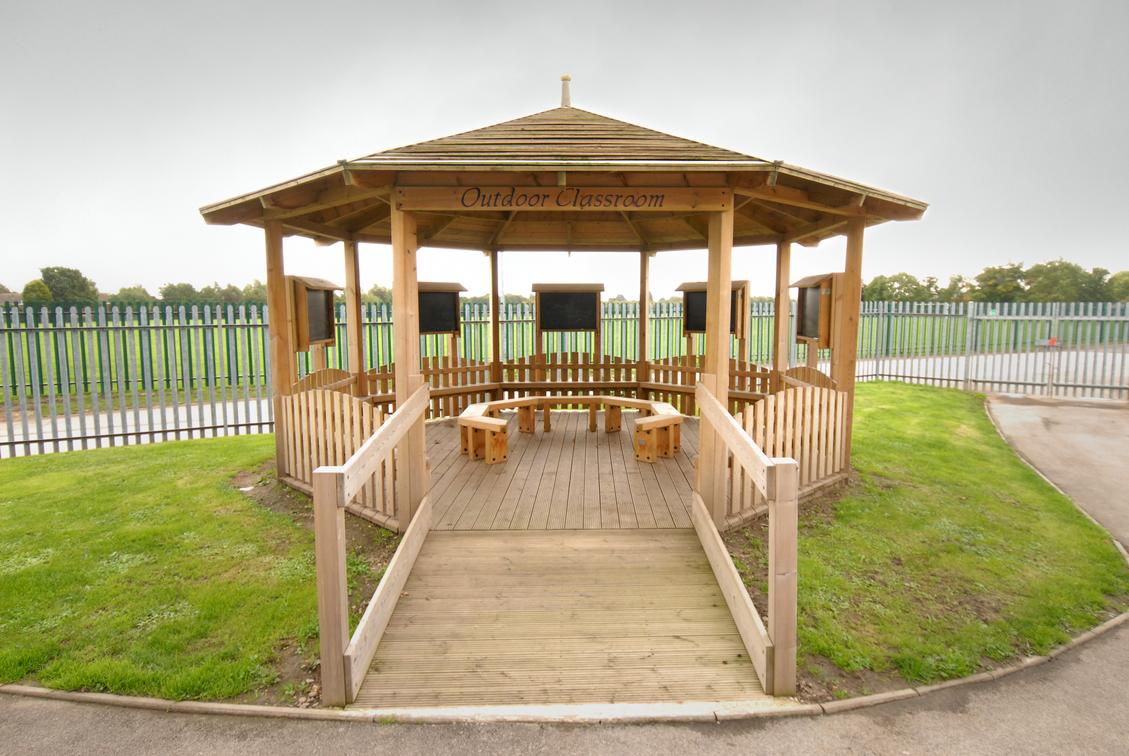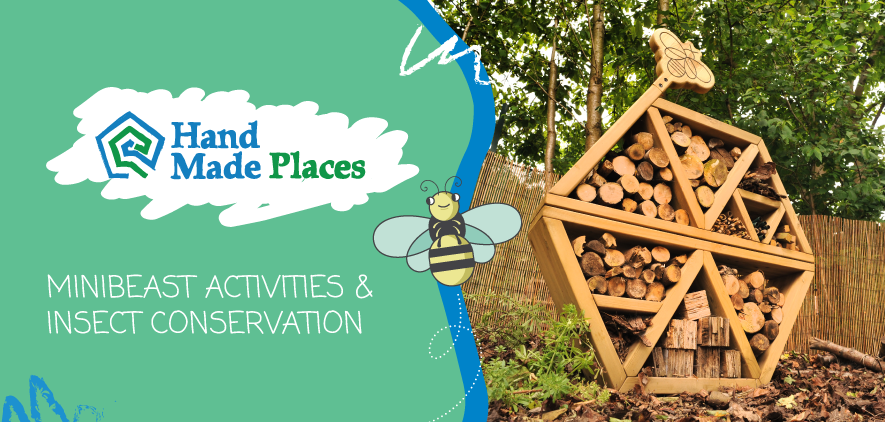Spurred on by reports of shocking rates of insect decline we’re sharing our ideas for minibeast activities in UK schools. This is inspired in part by campaigns such as National Insect Week and The Invertebrate Conservation Trust, AKA ‘Buglife’.
Read on to find out all about the importance of insect conservation in the UK, how to conserve biodiversity, and why ‘green schools’ are the perfect place for wildlife conservation projects!
Why is insect biodiversity important to humans and the environment?
The Benefits of Insects
Many insects are ‘decomposers’ which means they break down and remove biological waste. The benefits of these insects are that they not only keep the environment ‘tidier’ they also keep it safe. Furthermore, some of these minibeasts’ activities help to re-purpose waste products for improved environments, such as compost.
Insects are also vital in that they’re the basis of every food web. Even if a creature doesn’t eat insects directly, they’ll rely on another creature which does, or on a plant which needs insects for pollination.
Leave a nasty taste? There’s no way to sugar-coat it… Life on earth as we know it is entirely dependent on insect conservation.
The Biodiversity of Insects Worldwide
There are strong ecological reasons for maintaining insect biodiversity. The more types of insects there are in an environment, the more likely it is that they’ll be able to support the ecosystem’s various needs.
To put it simply: the importance of biodiversity lies in the range of jobs that insects do for wildlife.
If we humans don’t make some significant changes to conserve biodiversity, the earth is on course to lose 40% of these species to extinction within the next few decades.
So we’ve certainly got our work cut out.
How can we conserve the biodiversity of insects?
Here are the conservation priorities…
“…priority should be given to reducing the contamination by runoff and leaching of toxic chemicals, particularly pesticides.”
– Worldwide decline of the entomofauna: A review of its drivers
It’s fair to say that when it comes to biodiversity and conservation, we do rely on vast changes from international corporations. However this is an area in which individuals’ environmental awareness also goes a long way.
To curb the rate of insect decline in the UK we must:
- Stop using so many pesticides.
- Grow a range of plant-life in each green area.
- Squash the urge to make gardens pristine!
That’s right; in the same way that plants need a range of minibeasts in order to survive, insects thrive in habitats where there is a bigger range of plant-life activity. Therefore an expanse of meticulously weeded lawn is nowhere near as beneficial for our ecosystem as a bed full of flowers, herbs, bark and – yes – weeds!
Learn how to conserve biodiversity with school projects.
Above all else, environmental education is at the heart of insect conservation.
For example, the Royal Entomological Society aims to encourage people of all ages to learn about the earth’s tiny helpers. From pond dipping to photography courses, there are fascinating events to suit anyone across the UK, particularly during the biennial National Insect Week.
If we’re to encourage successful conservation projects in the coming decades, children must learn how to be more eco-friendly at school.
Eco-friendly ideas for schools to promote insect conservation.
Our top ideas for outdoor learning and insect conservation through minibeast activities are:
- Grow UK native bee friendly flowers
- Make a bug hotel
- Reduce fear through educational art
- Teach about composting and bug surveys.


Here’s how to get started…
Planting a Wildflower Patch
Wildflowers are amongst the easiest plants to grow. This means children will feel a great sense of achievement!
View our range of treated planters here.
Not only are wildflowers particularly eye-catching, they’re also amongst the best flowers for bees in the UK.
In planting bee friendly flowers, children have the opportunity to learn about plant reproduction whilst benefiting the environment.
You can easily find ready-mixed packets of wildflowers. Alternatively, here’s our list of the best bee friendly plants that are easy for children to grow in the UK climate:
- Poppies
- Corncockle
- Dandelions
- Cornflowers
- Scabious


Make a Bug Hotel
Building a bug hotel allows children to be imaginative and green in a productive way. It’s also a great way of using recycled materials to create something new.
Instead of throwing away a plastic bottle, add it to the frame of your bug hotel.
As well as helping insects to thrive, a bug hotel or Minibeast Motel also makes it easy to spot and count insects. As an extension, counting and multiplying legs also gives children an opportunity to brush up on their six times-tables!
To make the most of this activity, we recommend teaching about the perfect environments for ladybirds and woodlice. It’s also an easy way to teach about how to conserve bugs and biodiversity.


Educational Art
Take children outside for a minibeast search activity, encouraging them to observe insects at work. This will act as the ‘inspiration’ stage for their art, dispelling fear and teaching them to love their eco-system. After all, children who understand insects are much less likely to be afraid of them, and much more likely to respect and care about how to conserve biodiversity!
To really inspire further learning, we suggest raising this as a discussion point whilst children are ‘on location’ if you have an outdoor classroom. Make art on the playground whilst discussing all the different careers and hobbies that can stem from an interest in insects. For example, photography and butterfly conservation jobs!
Children can also complete artistic activities from our resource page.


Insect maths
There are plenty of mathematical challenges you can set which are based on minibeast activities. One of the best ways to teach about graphs and statistics is to allow children to collect their own data. Therefore, we suggest a minibeast hunt for making tally charts of habitats, types of species and distinguishing features of each insect.
A great place to spot insects for bug surveys is the compost heap!
Scuttling into a school near you: Minibeast activities
By promoting investigation and exploration as part of lessons, children think for themselves. Furthermore, taking those lessons outside the classroom ensures pupils take these strong thinking skills into the real world.
That’s why, at Hand Made Places, we think schools should encourage children to learn in the great outdoors.
There really is no time to waste!
It’s time to encourage growing, planting & nature in schools!
You can also find plenty more ideas for minibeast activities and outdoor learning ideas on our Resources & Downloads Page.
Should we be teaching children to become eco warriors in primary schools? Let us know your thoughts and share this resource using the links below.

